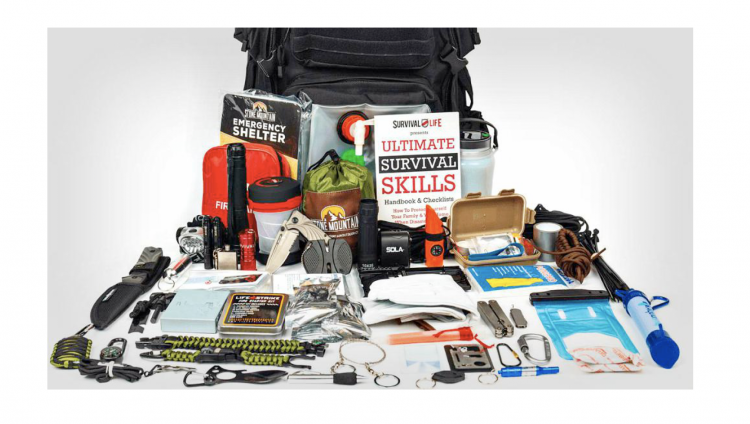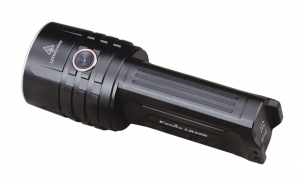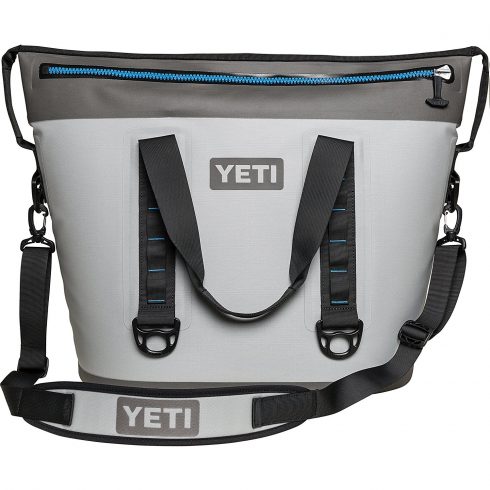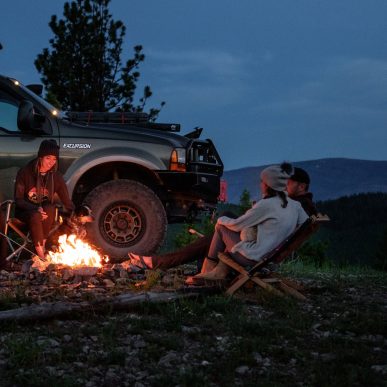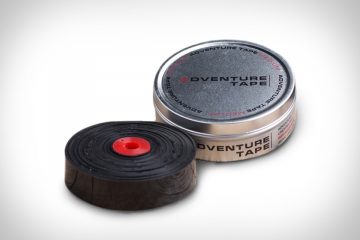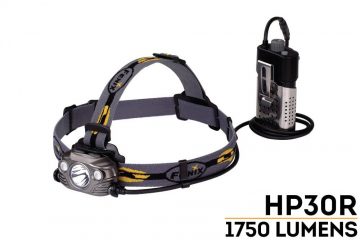Contents
- How to be Prepared for any Eventuality
- A basic list of things you should bring with you on your camping/outdoor trip should include the following:
- You must also consider the following when preparing for your outdoor experience:
- Map & Compass
- Sunscreen, Hat & Sunglasses
- What Clothing to Bring
- Torch
- First Aid Kit
- Water
- How to prep a list of food to bring with you outdoors
- Tent
- Cell Phone
How to be Prepared for any Eventuality
Every outdoor person needs to be prepared. All preparedness sites offer suggestions–we have condensed the information on the web. Depending on where you are in the world, you could face different problems and difficulties. First thing you should do is make a list of necessities.
A basic list of things you should bring with you on your camping/outdoor trip should include the following:
Map & compass
Sunscreen, hat and sunglasses.
Clothing suitable for your environment.
Torch (flashlight or headlamp)
First-aid kit (painkillers, bandages, plasters and antiseptic)
Matches or lighter.
You must also consider the following when preparing for your outdoor experience:
Drinking water
Fire (for warmth and hot water)
Food and how to cook (portable gas cooker for example)
Outdoor tools (multi tool, knife etc)
Washing facilities for hygiene and your general health
Tent or other form of shelter
Cash and credit cards
Cell phone (for emergencies)
Now you have an idea of the things you need to consider and also items to bring you now need to look at them in more detail. Outdoor-Geek.de Prepper-List can help.
Some of the items are self explanatory. Map and Compass for instance. But they are still worth taking the time to choose the right item. Before you would be using a fold up paper map and compass but now you have far more options.
Map & Compass
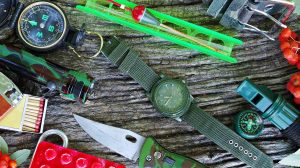 Instead of a paper map consider one of the many Apps available. You will need to have mobile data enabled and then choose the App that is most appropriate for the country you are in and where you will travel. Of course everyone has heard of Google maps but there are many more options.
Instead of a paper map consider one of the many Apps available. You will need to have mobile data enabled and then choose the App that is most appropriate for the country you are in and where you will travel. Of course everyone has heard of Google maps but there are many more options.
Compasses are still effectively the same as they always have been but production standards are far higher. Depending on whether you are a casual outdoors person or a serious hiker you may want to consider a good all rounder, a budget version or a tough military grade option.
Sunscreen, Hat & Sunglasses
Basically common sense but incredibly important. Sun and heat stroke are not just unpleasant but can be deadly. We all know the risks of sunburn and skin cancer. Get a high factor waterproof sunscreen that suits your needs. Any lightweight or waterproof hat will do (depending on the season) but when choosing sunglasses you need to get UV protection. Cheap sunglasses with no UV protection can actually cause damage to your eyes no matter how dark they are.
What Clothing to Bring
Consider where you are going. Is it going to be hot, cold, rainy, dry or dusty?
For summer bring breathable socks and underwear, lightweight hats or a visor. For cold days and nights bring fleeces, warm socks, a puffer jacket, wooly hat and gloves. Seriously consider the risks of hypothermia and frostbite if you are camping in the cold or the winter.
Torch
Pack a durable flashlight. One with a good beam, sturdy and not easily breakable. Consider whether you can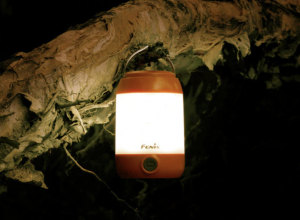 recharge the batteries or if you will have to carry extra supplies. Many preppers stick to those torches that can be run on easily purchased alkaline batteries.
recharge the batteries or if you will have to carry extra supplies. Many preppers stick to those torches that can be run on easily purchased alkaline batteries.
First Aid Kit
Hopefully your outdoor trips will not involve any crises but it is always best to be prepared. When packing a first aid kit you should definitely include the following items. Scissors, gauze, antiseptic cream, antiseptic wipes, iodine, plasters, bandages, eye drops, pain killers, aloe vera for sunburn, hand sanitizer, antihistamines and loperamide.
Water
Obviously essential but if you find yourself outside in the wild with limited supplies of water you may need to resort to streams or mountain water. In which case you need to make sure the source is not contaminated in any way and is safe to drink. You can pack iodine or chlorine tablets. These need to be dropped into the water and then you wait for 30 to 60 minutes for them to make the water safe. Or you can bring a filtration system. These range from simple straws that filter as you drink to bags where you squeeze the water through the filter. The oldest way to make water safe is to boil it.
How to prep a list of food to bring with you outdoors
When considering what food to bring just remember that you will not have a refrigerator or freezer handy. Unless you are bringing a camper van. Let’s assume you are hitting the trails with a tent on your back and cooking over an open fire or a portable stove.
Dehydrated foods are good because they can last in many conditions as long as they don’t get damp. Pack nuts for snacks and energy. Snack bars, cup noodles, dried fruit, instant coffee and tea bags are good ideas. Tinned food that is suitable for your environment. Remember that in a cold climate somethings will last longer than in a hot one.
Tent
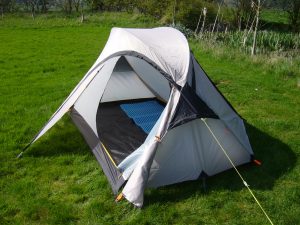 It goes without saying that you need a tent or some form of shelter. While prepping for your expedition you should put the tent up in your garden if it is the first time you have used it. Don’t go out on the road unprepared. Before this though you will need to choose the right tent for you. Things to consider; size, weight, ventilation, flooring, climate and conditions you will be using the tent in. Do some research online before you choose this most important item.
It goes without saying that you need a tent or some form of shelter. While prepping for your expedition you should put the tent up in your garden if it is the first time you have used it. Don’t go out on the road unprepared. Before this though you will need to choose the right tent for you. Things to consider; size, weight, ventilation, flooring, climate and conditions you will be using the tent in. Do some research online before you choose this most important item.
Cell Phone
Nearly everyone has a cell phone these days but not all are the most suitable for outdoor activities. It may be worth considering getting a separate one for your outdoor travels. You would ideally have a rugged, shock proof, waterproof phone. It doesn’t need to have the best options as some brands but it wants to be able to stand up to what you may put it through. You will want GPS and a good battery life. Also you have to consider how to charge it. There are solar powered battery packs on the market and if possible take a second battery too. Fully charged of course.
Now you have a solid list for prepping you should be ready to go.
